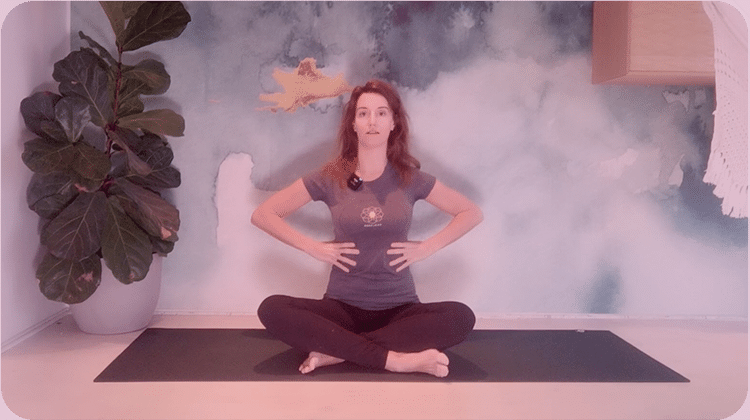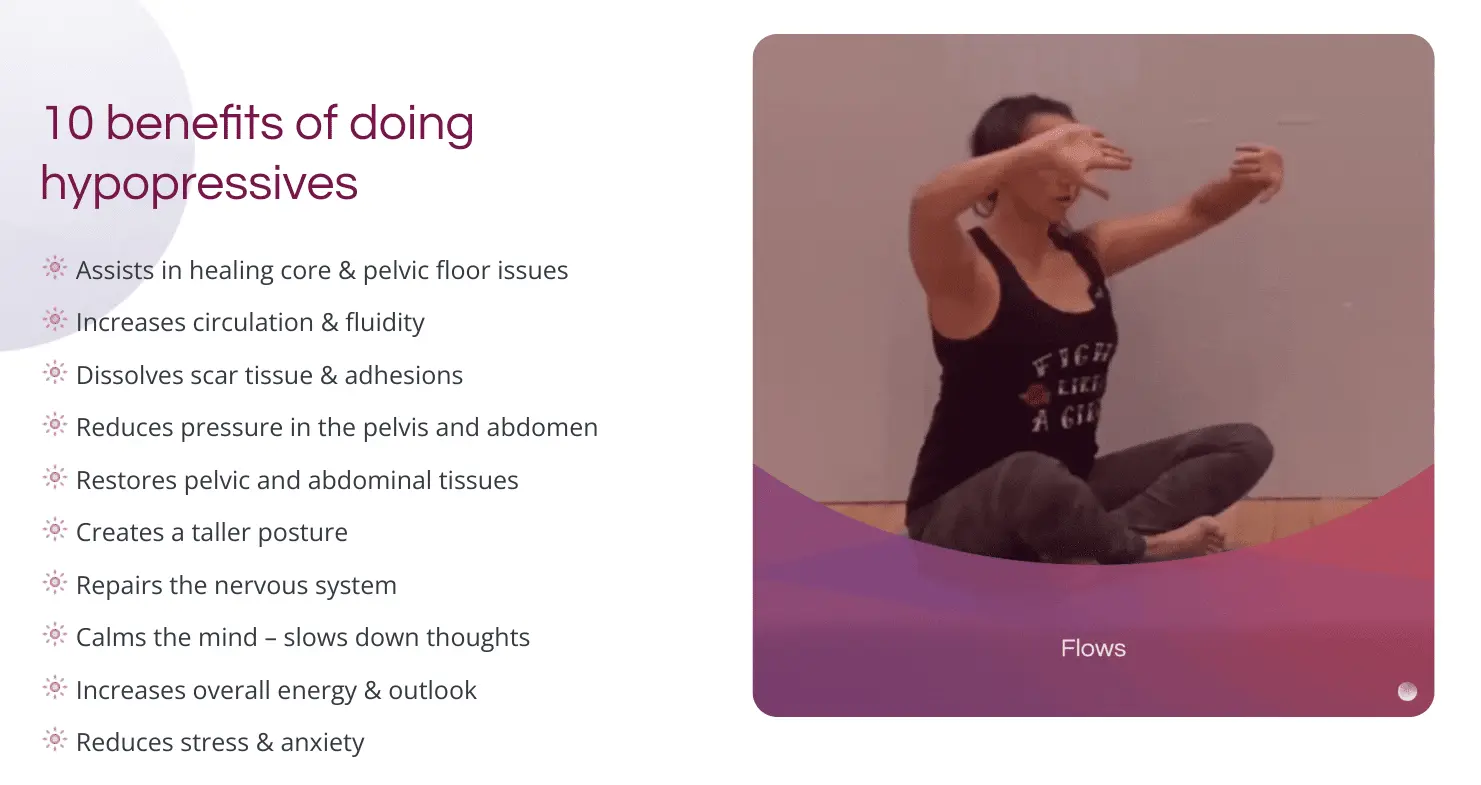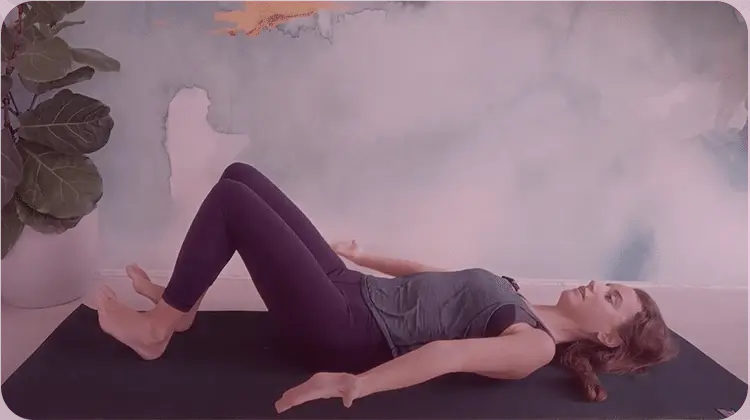Exercises to Heal Diastasis Recti Naturally
- September 28, 2022
- Diastasis Recti

When there is some type of imbalance in the body, it’s important to ask some eye-opening questions:
“What can I do to heal this imbalance and return to optimal health?”
“What do I avoid, so that this imbalance doesn’t get worse?
It’s equally as valuable to ask yourself “what to do & what not to do” when healing diastasis recti or any other health condition.
Given the physical look of Diastasis Recti (DR) or abdominal gap, many women want to do body-based exercises and movements so they can start looking better and feeling better. Yet, there are certain exercises that can make the condition worse, instead of better.
This is why there’s a huge need to write a blog that talks about exercises to avoid with diastasis recti and the best exercises to heal diastasis recti.
Before we jump into the nitty gritty, let’s quickly share the meaning of this condition that commonly affects women postpartum or during menopause.
A short refresher on Diastasis Recti
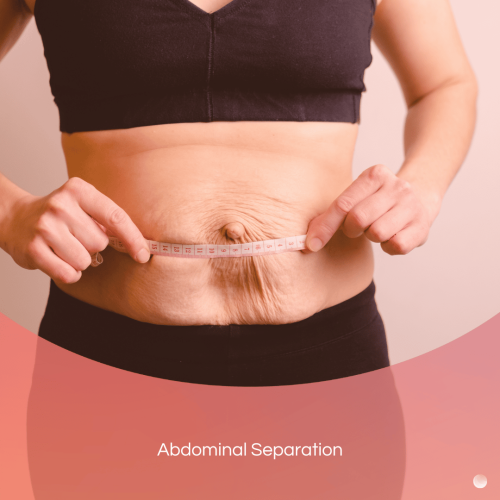
Diastasis Recti is the medical term to describe an abdominal separation of more than 2 fingers. A gap can form when the connective tissues, known as the linea alba, get stretched either due to pregnancy, significant weight gain, or sustained intra-abdominal pressure, such as from exercising improperly or constipation.
This can cause a variety of different symptoms, but one of the most common ones is a belly pouch, which is when part of the stomach can look poochy or very rounded and might feel soft and squishy even years after having a baby or losing weight.
Other symptoms include:
- Lower, mid, or upper back pain
- Poor posture
- The inability to engage the core
- Tenderness around the belly area
- Digestive issues
- Pelvic floor symptoms and conditions
Can you heal DR naturally?
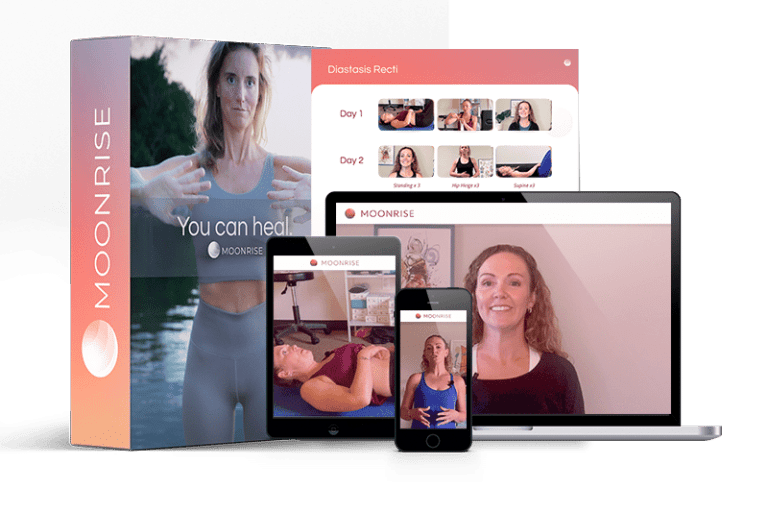
Yes, you can! Although surgery is often recommended by doctors for women with DR, there are exercises you can do and lifestyle choices you can make to close the gap in the abdominal muscles.
As we mentioned at the beginning of the blog, it’s just as vital to know what exercises to do to heal faster, and which exercises to skip to avoid slowing down the healing process.
Let’s go through some popular exercise choices for DR and explain which ones could be beneficial and which ones may not be.
1. Can I do squats with diastasis recti?
Many women love doing squats as they are an amazing lower body exercise and can give you a sturdy and strong foundation.
And squats are not just something you do intentionally, we do them all the time in our daily lives when we sit down on the chair, the couch, or the toilet, and while pushing ourselves back up from these seating positions.
But the question is, are squats an exercise or movement you have to pay closer attention to given the abdominal gap you’re facing?
We would say yes. You can continue to squat, but keep these things in mind before you do.
- Keep your spine elongated
- Don’t tuck your butt in when squatting
- Keep your core and glutes engaged
- Keep your pelvis in a neutral alignment, don’t push it forward
- Exhale on your way back up from the squat
- Make sure you can maintain proper form and that you are not in pain or discomfort.
2. Is walking good for Diastasis Recti?
One of the most important things to remember when healing DR is to reduce intra-abdominal pressure (IAP) on the connective tissue in the abdominal wall. Any extra or added pressure in the abdomen from everyday movements or certain exercises will slow down healing.
And when it comes to walking, research has shown that both speed and the incline (or gradient) of the surface you’re walking on can affect IAP.
So, you can walk, but in a way that is smart and beneficial for your core. This might mean walking at a slow to moderate pace on a flat surface with little to no incline. Also, keep distance in mind, as it’s better to start at a reasonable distance than to overdo it and feel depleted or in pain.
Over time, when the linea alba starts to heal and become stronger, you can pick up the pace, the gradient, and the distance.
3. Pilates and Diastasis Recti
Doing pilates can be a great workout and many women enjoy this form of exercise. However, given the nature of the exercise, some pilates moves are not safe to do when an abdominal separation is present.
However, practitioners like Caroline Johnson who are certified in DR rehab and who also have Pilates training can provide proper modifications to ensure each exercise instructed in the class is safe and suitable for healing.

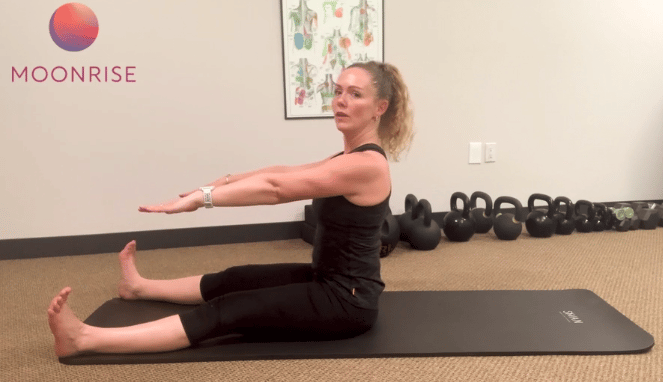
4. Yoga for Diastasis Recti?
Similar to Pilates, a yoga class can include specific movements that create more pressure in the abdomen, as opposed to reducing it. Making modifications are key, and avoiding certain poses, especially if the abdominal gap is large, is a necessity.
Some of the poses to avoid when you have a separation include:
- Downward dog
- Chaturanga (plank position)
- Upward dog
- Cat Cow (all fours)
Yoga asanas that involve being in a plank or the quadruped position (all fours) are not advised because when there is abdominal separation, the recti muscles are off to the sides, rather than in the middle, and the connective tissue is bearing the brunt of the weight.
In turn, this can slow the healing down or it can make the separation worse by weakening the connective tissue further.
Again this is why it’s critical to work with a trained professional who can guide you through specific and critical information like this.
Can I do core exercises with DR?

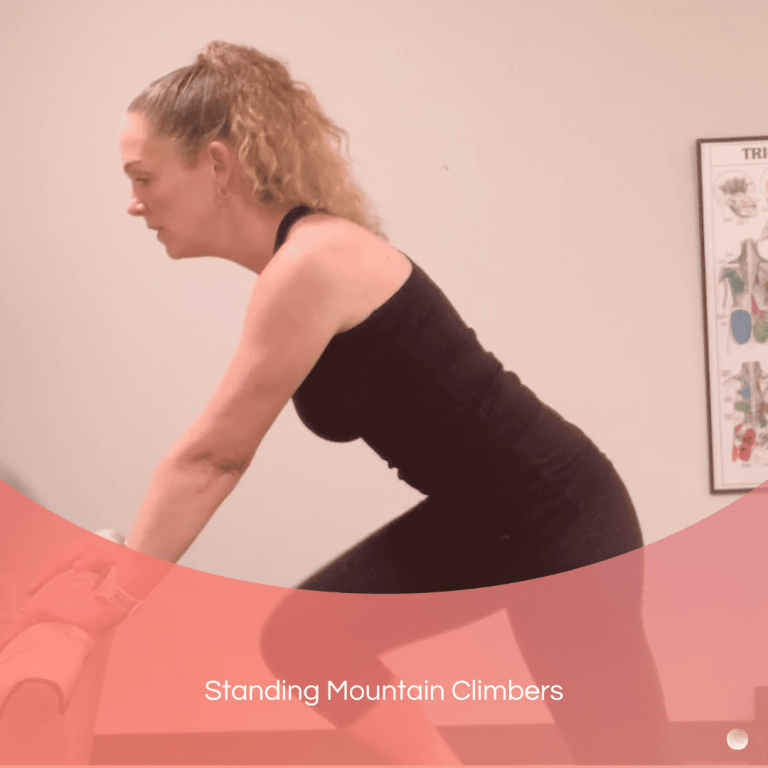
Before jumping into popular core exercises like push-ups, sit-ups, and plank varieties – it’s important to do some core rehab first.
Given that diastasis recti is caused by weak connective tissue in the abdomen, we don’t want to start off doing these types of exercises because they put too much strain on the connective tissues and add to the pressure that’s already there.
Of course, there are modifications like most every other exercise out there that would be considered safe to do with DR. However, it’s still necessary to reduce pressure first and get the connective tissue a bit stronger before trying these modifications.
What are the best exercises for DR?
In a few words, the best exercise to heal diastasis recti are ones that activate your abdominal fascia. Here are some examples of exercises that do this.
- Hypopressive exercises decrease or reduce internal pressure in the abdominal area and in the pelvic floor. They also reprogram the core muscles, which are vital to managing pressure both consciously and subconsciously.
- Transverse holds and transverse squeeze & releases target the transverse muscle.
- Transverse squeeze & releases with a scarf are similar to the regular ones, yet using a scarf helps you concentrate in a specific area of your abdomen.
- Back laying abdominal zipper helps you engage the transverse muscle in a back-lying position.
- Standing transverse holds are a progression of the traverse holds.
- Abdominal breathing helps to reconnect and activate the transverse and minimize pressure on the connective tissue.
Final points & tips for healing DR
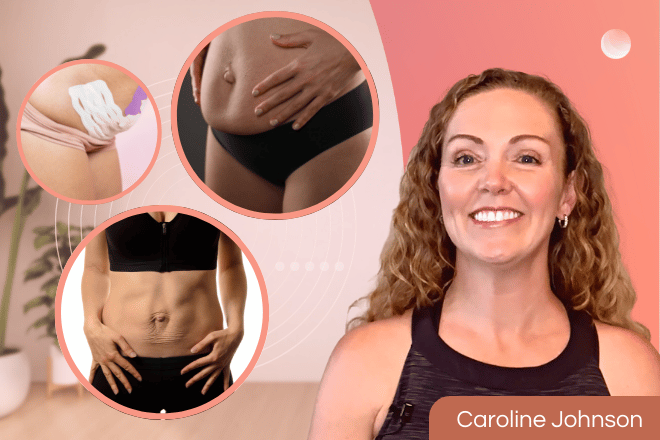
The key to healing Diastasis Recti naturally is to reduce pressure on the connective tissue in the abdomen, while also activating the fascia in the abdomen.
Here are a few other helpful tips to know and keep in mind:
- Abdominal breathing helps you reconnect to your transverse muscle and engage it – which in turn, reduces abdominal pressure
- Don’t keep your abdominals engaged all-day
- Muscle relaxation is equally as important as muscle engagement
- When sitting or standing, be conscious of your posture. This helps you engage your core muscles, without having to actually pull them in or engage them.
- Give yourself permission to fully relax the abdominals periodically throughout the day. A muscle that is always gripping is eventually going to fatigue to the point of exhaustion and compensation, and the same holds true for our core muscles.
- Constant engagement will fatigue the core to the point that other muscles will begin to compensate, and will create increased IAP.
To get more tips on how to close the gap in your abdominal muscles so you can be active again or just feel good in your everyday life, join us on a Free Live Webinar call.
Learn more about it and sign up here.
Blog posts you might like:

